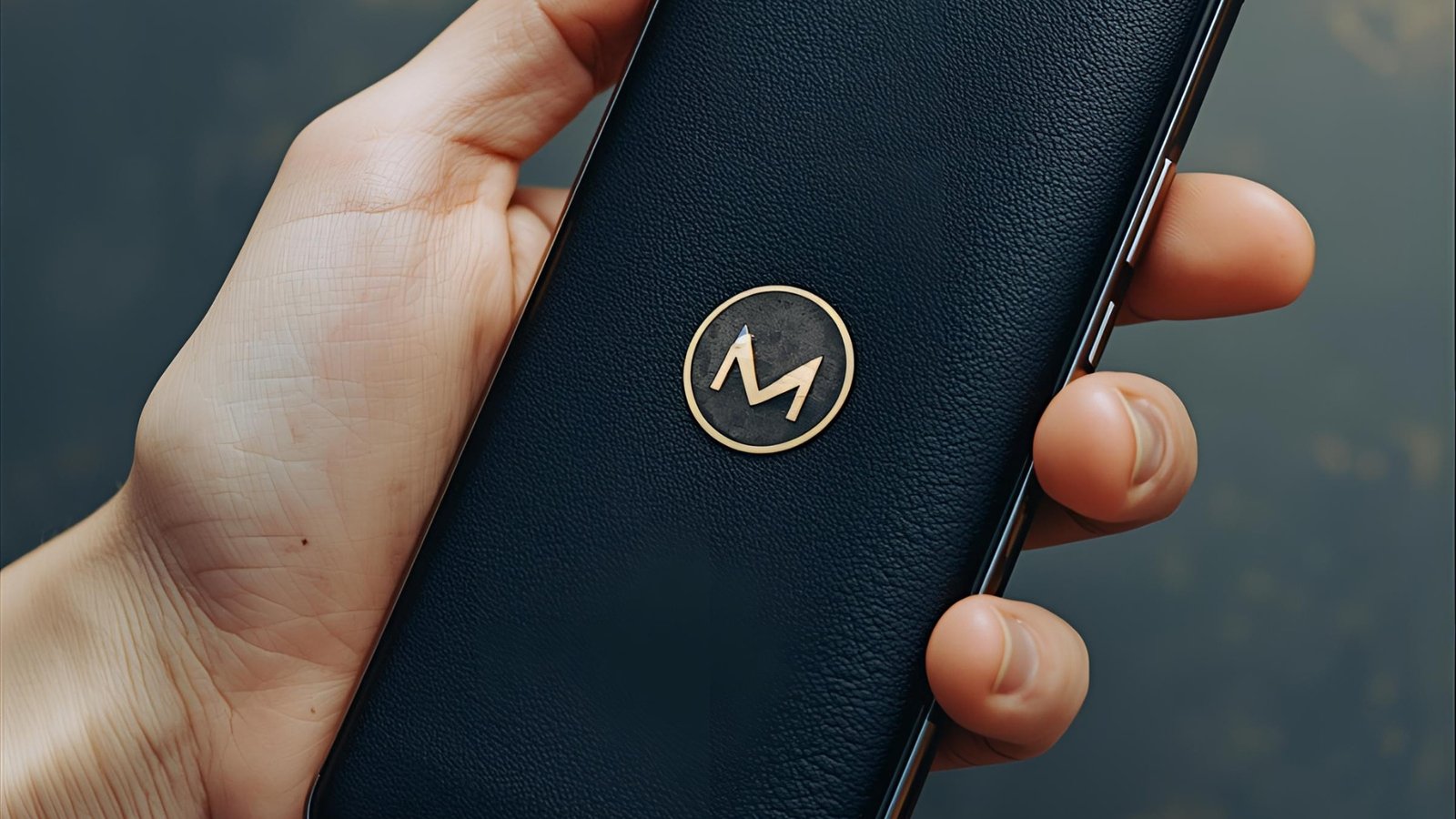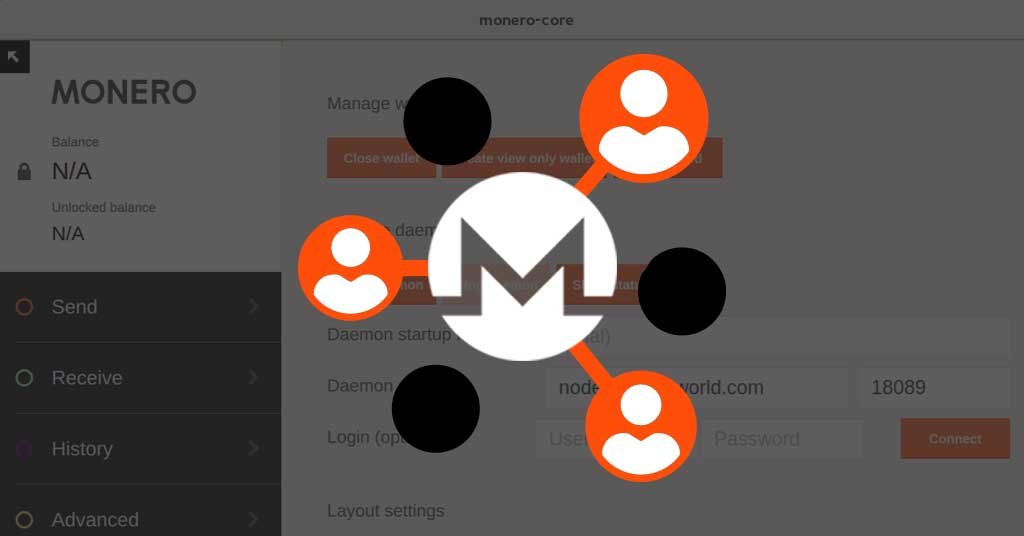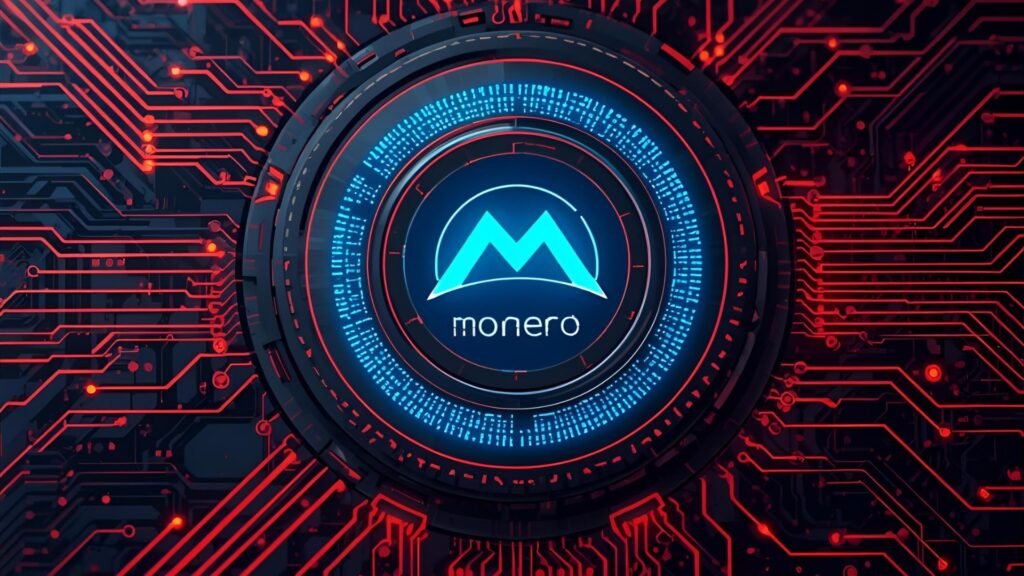In the world of privacy-focused cryptocurrencies, Monero stands out as a top choice for users who want untraceable transactions, hidden amounts, and strong anonymity guarantees. However, using Monero in its fully private way often means running a full node: downloading the entire blockchain and validating everything yourself. That can be resource-intensive and cumbersome for many users. This is where the concept of a Monero remote node becomes invaluable. A remote node allows your Monero wallet to interact with the network—send, receive, and check balances—without you having to maintain a full local node.
In this article, we’ll explore what a Monero remote node is, how it works, why you might choose one, the risks involved, how to safely connect, how to host your own remote node, and best practices. Along the way, we’ll use related terms like “remote node setup,” “Monero wallet connection,” “privacy risks,” “RPC node,” and more to provide you with a comprehensive, trustworthy, and SEO-optimized guide. Let’s dive in.
What Is a Monero Remote Node
In simple terms, a remote node is a Monero node running on a server or machine separate from your wallet device. That means your wallet connects over the network to that remote node (via RPC or equivalent), instead of running the entire Monero daemon locally on your computer or device.
Private vs Open Remote Nodes
Remote nodes come in two flavors:
-
Private remote nodes: These are nodes you control (for example, on a VPS or a dedicated server). You operate them yourself, maintain them, and decide whether or not to allow external connections. Your wallet still connects remotely, but since you trust (or own) the node, you preserve a higher degree of privacy and security.
-
Open (public) remote nodes: These are nodes made available to the public by individuals or organizations. They let any Monero wallet connect to them and use them as RPC endpoints. These are convenient for users who don’t want the burden of running a full node themselves. The trade-off is that you must trust (to some extent) that the operator does not log, snoop, or tamper with requests.
The Moneropedia (Monero’s official knowledge base) describes remote nodes as nodes not running on the same local machine as your wallet and notes that while open nodes offer convenience, they come with privacy trade-offs.
Because many users prefer convenience over full node costs, remote nodes have grown in popularity as a “lightweight” way to access the Monero network. But they are not without pitfalls, which we’ll cover next.
Why Use a Monero Remote Node? Advantages and Trade-Offs
Advantages
1. Avoid blockchain download and sync time
Downloading and syncing the Monero blockchain can take hours or even days, depending on network conditions, hardware, and bandwidth. By using a remote node, you skip that initialization overhead entirely. Your wallet mounts almost instantly.
2. Save disk space and bandwidth
A full node requires storing the entire blockchain (currently tens to hundreds of gigabytes) and continually updating it. A remote node frees your local device from that burden. For users with limited storage or data caps, this is a significant benefit.
3. Easier setups for light devices or mobile
On mobile wallets or lightweight interfaces (e.g. Cake Wallet, Monerujo), using remote nodes is often the only feasible way to interact with Monero without overtaxing device resources.
4. Flexibility and accessibility
Remote nodes allow you to switch between multiple endpoints, improving redundancy. If one node is offline, you have alternatives. Also, you can connect from anywhere (as long as you have network), making remote nodes ideal for remote access.
Trade-Offs / Risks
1. Privacy exposure
When using a public remote node, the node operator can see your wallet’s RPC requests and your IP address (unless you obfuscate it with Tor or a VPN). Though Monero’s cryptographic design hides amounts and addresses, the node operator can sometimes correlate your activity in undesirable ways.
2. Trust / integrity concerns
A malicious or misconfigured node could feed false information (e.g. feeding you a truncated blockchain, incorrect block heights, bogus decoys) or selectively refuse to serve certain requests. That may degrade your wallet’s security or reliability. Because of that, many guides caution using only trusted remote nodes.
3. Latency / performance
If the remote node is geographically distant, the connection latency may slow down wallet operations—like syncing, getting block heights, or submitting transactions.
4. Dependence on uptime
A remote node must stay online and maintain proper configuration. If it goes offline or loses synchronization, your wallet may fail or experience delays.
Given these trade-offs, the ideal scenario for privacy-conscious users is to run your own remote node (i.e. a private one under your control) and optionally make it publicly accessible to others if desired.
How to Connect a Wallet to a Monero Remote Node

Whether you’re using the Monero GUI, the CLI wallet, or a mobile client, connecting to a remote node is relatively straightforward. However, precise steps differ slightly between interfaces.
GUI Wallet (Desktop)
-
Switch to advanced mode
First, ensure your Monero wallet is in Advanced mode (rather than Simple or Bootstrap). Many remote node options only show in advanced mode. In the GUI, go to Settings → Info and check the wallet mode. Open Node settings
Navigate to Settings → Node in the GUI interface. -
Select Remote Node
On the Node page, choose Remote Node, and you’ll see fields for address (or IP), port, and optionally username/password (if authentication is required). -
Enter address and port
For example, some public remote nodes run onnode.moneroworld.com:18089, though ports may differ (18081, 18089, or using TLS on port 443). -
(Optional) Enter username / password
Some remote nodes require authentication. If so, input the username and password in their fields. Connect
Click Connect. The wallet should connect to the remote node, sync block height, and become fully functional without having to download the blockchain locally.
If everything is correct and the remote node is online, your wallet will begin fetching blockchain data from it.
CLI Wallet
Using monero-wallet-cli, you connect using the --daemon-address flag:
This tells your wallet to use the remote node as its daemon endpoint rather than a local monerod.
You can embed this command in a script or alias it. If authentication is required, you may need additional flags or prompt interaction, depending on wallet version.
Mobile Wallets
Many mobile wallets (for example, Cake Wallet, Monerujo) provide a “Manage nodes” or “Connection / Sync” settings panel. In that panel, you can add remote node addresses (host + port) or scan a QR code, depending on wallet support. Some mobile wallets also support .onion addresses, letting you connect via Tor for better privacy.
Security & Best Practices for Remote Node Use
To safely use a Monero remote node without undermining privacy or security, follow these best practices:
Use Restriced RPC or TLS (Do Not Use Full RPC)
Prefer remote nodes that offer restricted RPC (a view-only interface) or TLS/SSL encryption so that only a limited subset of queries is allowed. This reduces the risk of exposing wallet internals. Many guides emphasize using restricted RPC or TLS where available. Never mark a remote node as “trusted” (unless it is your own) because that bypasses many safety checks in your wallet.
Use Tor / Onion or VPN
Obfuscate your IP by routing your wallet’s traffic through Tor, especially when connecting to public remote nodes. Some nodes also publish .onion addresses you can use (e.g. in monero-node.com).
Rotate Remote Nodes & Sanity Checks
Do not use a single public remote node permanently. Rotate between multiple well-known, trusted nodes. Monitor block height, check your wallet’s sync status against “trusted sources,” and switch nodes if behavior seems odd.
Beware of Logging Policies
Operators of public nodes might log connection data (e.g., IP addresses) via reverse proxies (e.g. NGINX). The default Monero node setup may not log RPC calls, but operators could enable access logging. Some privacy guides urge node operators to disable access logs. If possible, only use remote nodes whose operators publish privacy statements or guarantee no logging.
Avoid Asking for Keys or Seeds
Be extremely cautious if any remote node or service ever requests your seed phrase, view key, or private keys. Legitimate remote nodes do not require these. That’s a red flag of a malicious node.
Use Multiple Endpoints for Redundancy
To reduce downtime risk, keep a few remote node endpoints bookmarked. If one fails or lags, switch to another. This helps ensure a stable user experience.
Hosting Your Own Monero Remote Node

If you want both convenience and privacy, hosting your own private remote node is the ideal approach. Here’s how to set one up.
Requirements & Hardware
To be effective, a node should meet the following (as recommended by Monero documentation and community guides):
-
Storage: SSD (256 GB or more) — to host blockchain data.
-
CPU / RAM: At least dual-core CPU, ideally quad-core, and around 2–4 GB RAM minimum.
-
Network: Reliable connection, preferably >10 Mbps, with good uptime. Data usage can be significant as you serve blockchain data.
-
Operating system: Linux (Ubuntu is popular) is often chosen for stability and ease.
You may use a VPS or dedicated server if you want remote accessibility.
Installation & Configuration
-
Install Monero daemon (
monerod)
Download and extract the official Monero binaries from getmonero.org or GitHub. Makemonerodexecutable and place it in a convenient path.
Use flags such as--prune-blockchainif you wish to reduce disk usage. -
Set up firewall and ports
Open the P2P port (default18080) so your node can sync with peers, and the restricted RPC port (default18089or18081) to serve wallet RPC queries. Use firewall tools (e.g.ufw) to allow these TCP port(s). -
Use restricted RPC mode
When running your node, specify flags such as--restricted-rpc,--rpc-restricted-bind-ip,--rpc-restricted-bind-port, and--confirm-external-bindso the node only serves limited API access and binds externally. -
Optionally make it public / advertise
If you want your private node to accept external connections (i.e. become a public remote node), add--public-nodeflag to advertise the node in P2P networks. -
Daemon startup & service
On Linux, you can create a systemd service file somonerodruns on boot and restarts automatically.
Alternatively, run./monerod --detachor usescreen/tmuxto run in the background. -
Monitoring and maintenance
Monitor logs, disk usage, and node health. Update Monero software regularly to stay compatible with network upgrades.
Once this setup is complete, you or your wallet (on any device) can point to the RPC host:port combination to use your self-hosted remote node.
Common Pitfalls and Troubleshooting
Even with care, you may run into problems. Here are some common pitfalls and how to address them.
Connection fails or node offline
If your wallet can’t connect, verify network ports, firewall rules, and that monerod is running and listening. On the node machine, use netstat or ss to check. Ensure you used --rpc-restricted-bind-ip 0.0.0.0 (rather than localhost only) if you want external wallet access.
Node lags behind chain height
If your node is not fully synced, your wallet may see incorrect block height or delays. Allow the node to fully synchronize before using it as a remote endpoint.
Wallet shows “wrong balance” or missing transactions
This may indicate the remote node is serving stale or partial data. Switch to another remote node or ensure your node is fully synced. Also don’t mark untrusted nodes as trusted.
Latency / slow response
If responses are sluggish, consider a geographically closer node or lower-latency host. Also ensure the node has sufficient CPU and network resources.
Updating Monero version breaks RPC compatibility
Occasionally, Monero network upgrades (hard forks) require all nodes to upgrade. If your remote node runs an old version, wallets may be incompatible. Always upgrade your node promptly.
Security misconfigurations
Be cautious not to expose the full RPC interface or accept remote connections to unrestricted RPC. That would open major vulnerabilities. Use restricted RPC always. Also keep your system hardened and monitor logs.
Best Practices Summary
To wrap up the techniques and guidelines:
-
Use private remote nodes (ones you control) when possible to maximize privacy.
-
If using a public remote node, prefer restricted RPC / TLS, rotate nodes, and use Tor/VPN.
-
Avoid trusting unknown nodes or giving away keys/seeds.
-
Monitor node behavior (block height, latency, consistency) and switch nodes if needed.
-
Keep your own hosted node updated, secure, and properly configured.
-
Use onion (.onion) addresses when available to reduce IP exposure.
-
Encourage node operators (if you use public ones) to disable HTTP access logs or publish privacy guarantees.
By abiding by these best practices, you can enjoy many of the conveniences of remote nodes while mitigating the risks to privacy and security.
Also Read: Top 5 Trusted Altcoin News Providers Ultimate Guide 2025
Conclusion
A Monero remote node offers an elegant balance between convenience and access to the Monero network—letting you use a Monero wallet without downloading or maintaining a full blockchain locally. Public remote nodes serve the community, but come with privacy trade-offs. Hosting your own private remote node is often the best path for users who care deeply about privacy, security, and control.
In this article, you’ve learned what a Monero remote node is, the difference between private and open nodes, how to connect common wallets, the risks involved, practices to stay secure, and how to host your own node responsibly. Use these guidelines, pair them with rotating endpoints and Tor when possible, and you’ll enjoy a smoother, privacy-preserving Monero experience.
FAQs
1. Does using a remote node compromise my Monero privacy?
Using a public remote node does open up some privacy risks: the operator can observe your IP and the timing of your RPC calls. While Monero’s cryptography hides amounts and addresses, advanced correlation attacks are possible. To reduce this risk, route through Tor or VPN and prefer restricted RPC or nodes you trust.
2. Can I host a remote node and also use it from my own wallet?
Yes—this is a common and advantageous setup. You can host a remote node on a server you control, configure restricted RPC, open the required ports, and then point your local wallet (desktop, mobile, etc.) to that node. You get full control and privacy.
3. How do I choose a good public remote node?
Pick endpoints that provide restricted RPC or TLS, rotate among several, use those with .onion addresses if possible, and prefer nodes whose operators publish a privacy/non-logging policy. Monitor for anomalies (delays, incorrect heights) and avoid marking unknown nodes as “trusted.”
4. What ports are common for Monero remote nodes?
The default P2P port is 18080. The restricted RPC port is often 18081 or 18089. Some public nodes may also run TLS on port 443. Always confirm port details with the node you connect to.
5. What happens if the remote node goes offline while I’m using it?
Your wallet will lose connection, and operations (sync, new transactions) may fail or stall. That’s why it’s crucial to keep alternate remote node endpoints available. If you host your own node, ensure high uptime and redundancy where possible.


